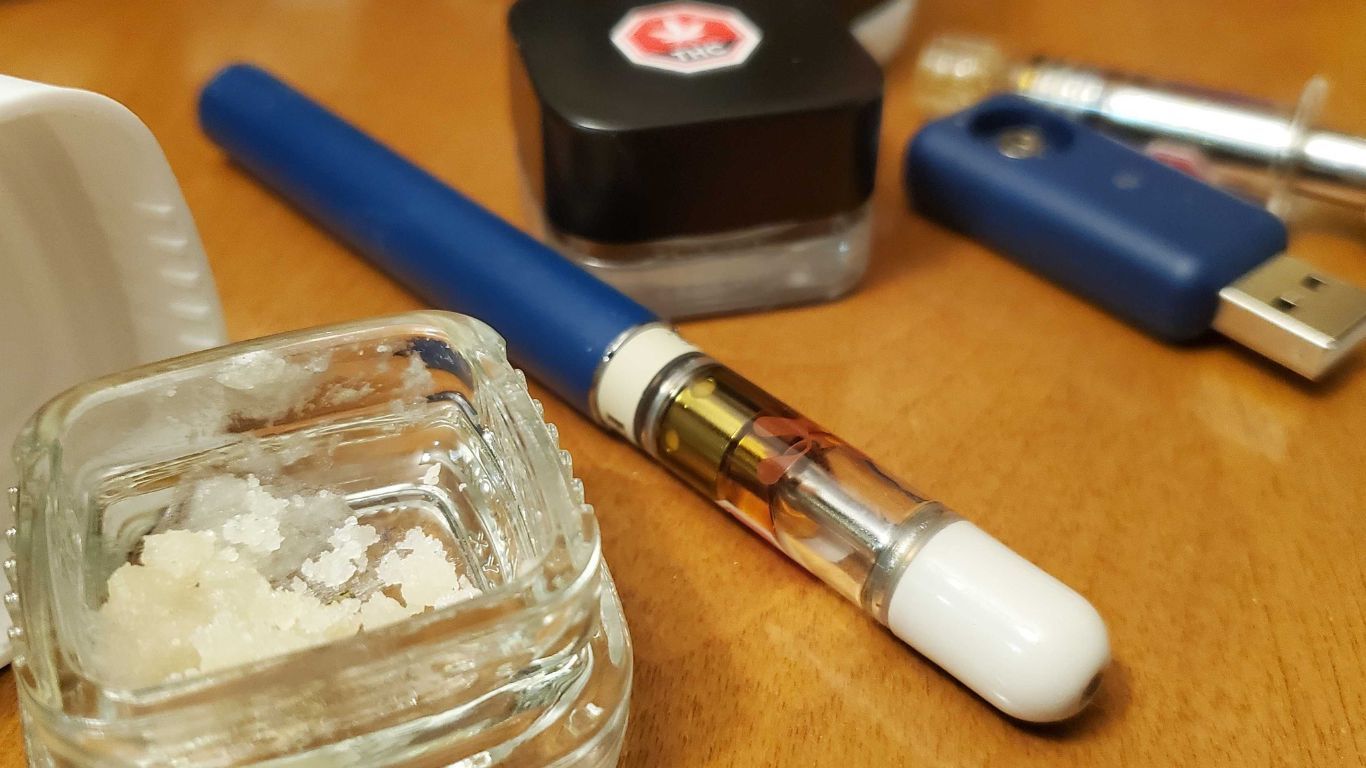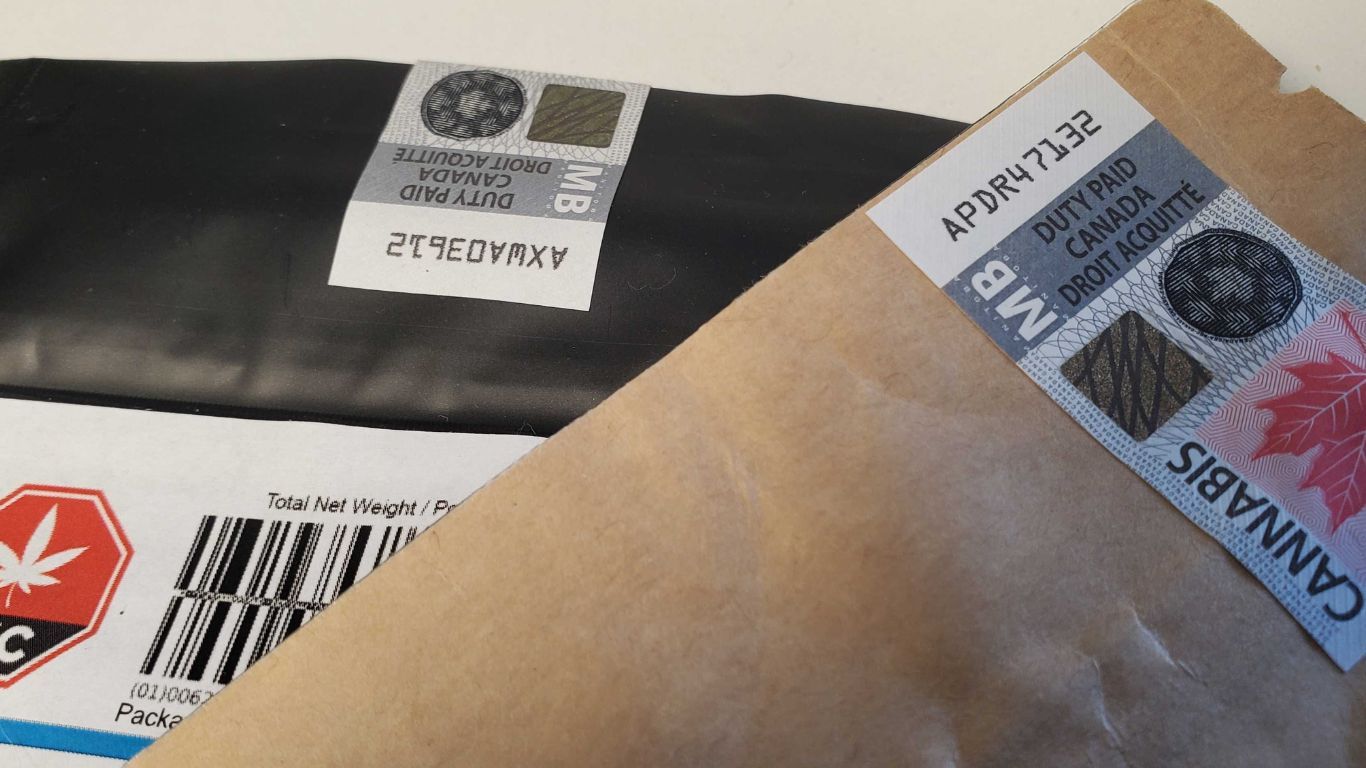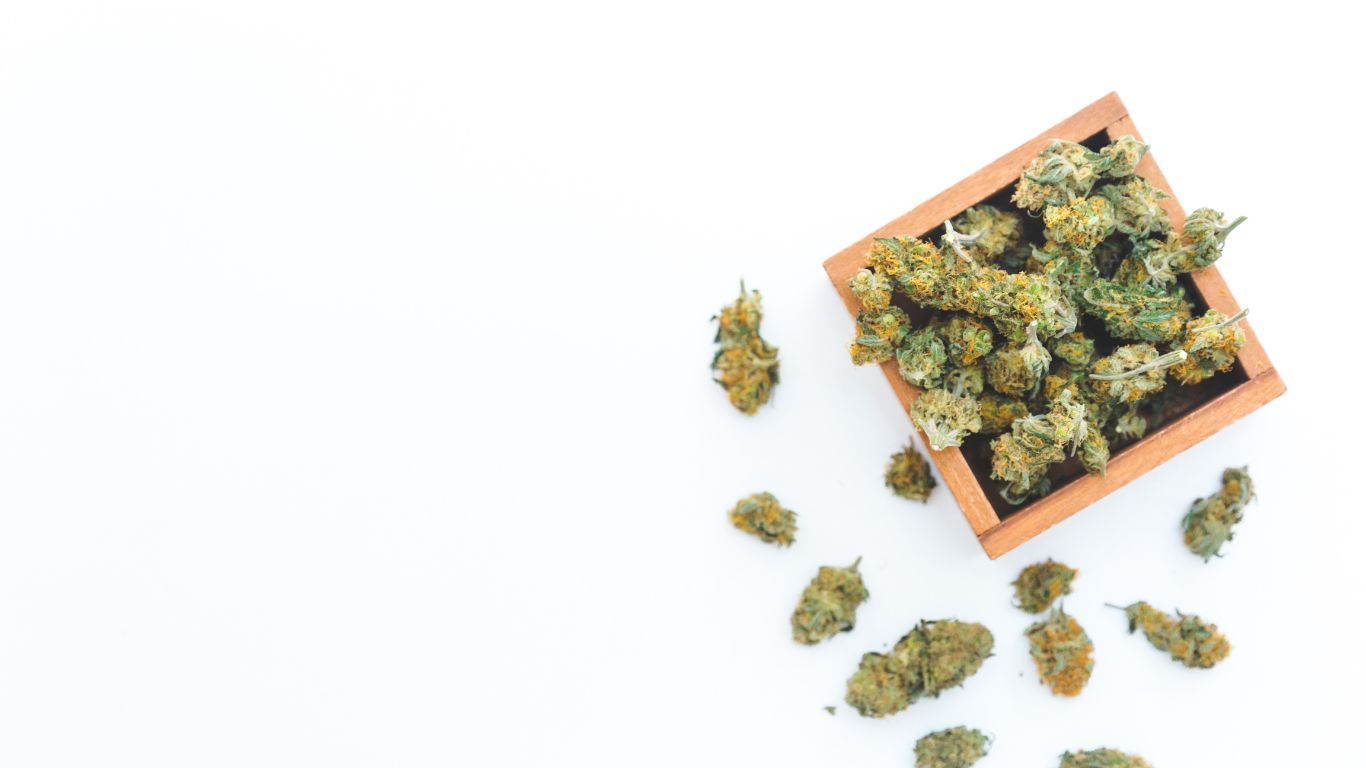
Cannabis vapes first became available in Canada’s legal market early in 2020, and recent data suggests that in the last two years vapes and extracts have taken a larger market share and eaten into flower sales.
The national data reflects this trend. Health Canada’s 2022 Canadian Cannabis survey asked consumers how they used cannabis. It allowed for multiple responses, and found that while smoking flower was still the most common form of consumption at 70% of consumers, this represented a decrease from 74% in 2021.
By comparison, vapourizing via a vape pen or e-cigarette rose from 28% in 2021 to 31% in 2022.
“In the Canadian market, along with the cannabis market at large, the popularity of flower is being eroded by newer categories,” says Headset analyst Mitchell Laferla. “In particular, pre-rolls are capturing a lot of flower’s market share.”
Specifically, infused pre-rolls are playing a special roll in this changing market, and are contributing to the overall increase of extracts and the decline in flower.
Headset, in its report Cannabis trends in 2022: A year in review, noted that infused pre-rolls have “skyrocketed to prominence in Canada,” growing 1,426%, with all-in-one disposable vape pens growing 160%. This is helping to drive the impressive growth in extracts, which has had an up-and-down ride over the years, but which regularly recorded over 3.2 million packaged units in 2022, according to federal data.
We can see this in data from BC, where sales in dried flower are being offset by increases in other categories, with inhalable extracts up 62%.
Though a small market, the Yukon’s annual reports also show flower sales declining in terms of percentages, with demand for extracts growing. Extracts represented $1,465,499 in sales in 2022, compared to $1,173,853 in 2021, growing at 24.8% year over year. In 2021, extracts represented 19.3% of total sales, and in 2022 that rose to 20.7%.
Meanwhile, while total flower sales in the Yukon rose from $4,587,779 to $5,054,399, representing a 10.2% increase in dollar value, the relative percentages were not as impressive. In dollar terms, flower dropped from 75.6% of the Yukon market in 2021 to 71.3% in 2022. This, despite a 24.7% increase in volume.
Alberta, which breaks out vape sales data, tells a similar story. The most recent available data is for 2020–21. This saw flower sales grow from $168 million to $237 million an impressive 41%; however, as a percentage of total sales, flower dropped from 63.5% to 50.7%. By comparison, vape sales grew from $8,775 to $79,157, an astounding 802%, and on a percent-basis vape sales grew from 3.3% to 16.9%.
Quebec is also seeing an increase in the number of cannabis consumers who use vapes. In 2022, 24% of consumers in Quebec used vapes, compared to only 19% in 2021.
Better quality, more choice
As the market for vapes grows, so does the quality, which has been an issue for some products. While the Ontario Cannabis Store (OCS) has noted that vape sales were steady at 16% of market share for Q4 2021 (most recent data), they also observed that “complaints for vapes dropped by 29 per cent compared to the previous year.” Specifically, total complaints dropped from 1,880 to 1,336 in the quarter.
The marketplace is also being characterized by an increase in choice.
“We know that consumers love to try new things,” says Adam Coates, Chief Revenue Officer at Decibel Cannabis, Canada’s sixth largest licensed provider by market share, which owns the General Admission vape brand. “Every four to six months we bring out new flavour profiles, and retire some others.”
This approach seems to be working. According to recent Headset Data, General Admission vapes are in four of the top five spots for best-selling cannabis vape pens in Ontario.
“We believe our products are popular because we position them around potency, flavour, a convenient format, and keeping things fresh,” says Coates. “With General Admission vapes, we take a second step and use fractional distillation, which gets our THC levels into the 84% to 90% range—well above the typical 78% to 82% that we see elsewhere in the market.”
Coates confirms that flower, as a category, is declining in terms of market share, and that though vape demand remains strong, there is bigger overall movement in extracts, which is being driven by infused pre-rolls.
“Consumers are liking the quality and the potency of infused pre-rolls,” he says. “We think the infused pre-roll market, which is now around 27% share of the pre-roll category, could grow toward 50%, with Qwest and General Admission—two Decibel brands—playing an active role.”
Increased demand is being seen not only in direct sales of products with cannabinoids, but also in the reusable hardware that many people rely on to consume concentrates.
“Concentrate vaporizers are more in demand now than ever before,” says Sachin Arora, President of The Herb Cafe, which sells vape hardware such as vape carts, dry herb vaporizers, electric dab rigs and digital e-rigs. “Cartridges and cart batteries are very hot right now.”
With regard to these products, Arora says that the trend is toward those technologies that allow for the easiest delivery.
“The potency of concentrates is at an all-time high—no pun intended,” he says. “Our products look like e-cigarettes, so they blend in when you’re out in public, and don’t require loading and reloading on the go.”
It is this ease of use, as well as potency, that adds to the appeal of vapes, with the products also being well-suited to the demands of the Canadian climate.
“We see vape pen demand as being a need state, or occasion-based, as opposed to having a demand profile for a specific demographic,” says Coates from Decibel. “It’s more discreet, with controlled dosage, which lends itself to indoor use during winter.”











